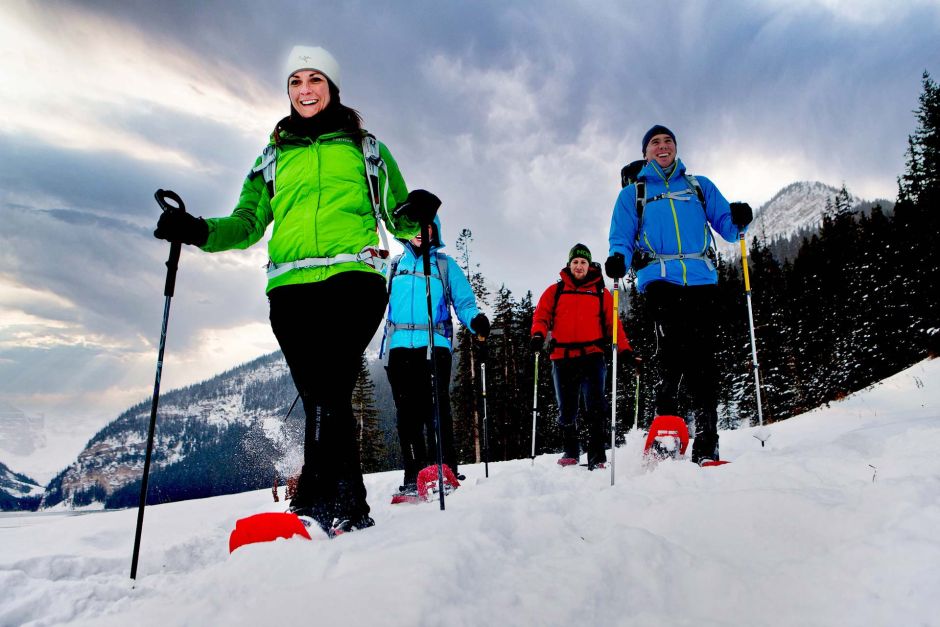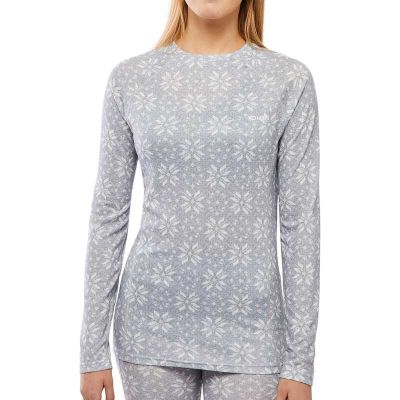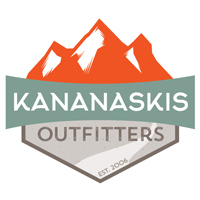Winter Layering for Mountain Adventures

We could go on for days looking up specs on a line of product or brand, but when it comes down to it, layering is the best policy. Now to clarify, I don’t mean rummage through your closet and load everything that fits over each other to give yourself the marshmallow effect in a crazy way to stay warm. Dressing like a marshmallow may leave you feeling overwhelmed and trapped within your supposed cozy bubble of heat. Furthermore, once you hit the slopes, charge that cross-country trail, or stroll down that glistening mountain route, you will find yourself overheating, and in turn becoming cold! There is a reason for this…your body will naturally work harder to keep warmer in the cooler elevations. The more layers of miss-matched fabrics you put on, the less breath-ability your body has to release the sweat you are producing. So now that you know the marshmallow effect is the wrong way to layer, let’s look at it the right way.

Start yourself off with a snug-fitting, moisture-wicking base layer. Avoid cotton! Cotton is warm, which will get you sweating, which is going to get you wet and stay wet against your skin all day since cotton does not dry quickly and is not meant to wick moisture. When you sweat, your body is robbed of its heat and that is not going to help you stay warm in the long term! Here at Kananaskis Outfitters, we believe in merino wool, as the choice base layering product. The sheep that produce merino wool live in the mountains and their wool insulates, wicks moisture, and is anti-microbial. This wool will keep you cool when it’s warm and keep you warm when it is cold. Bonus: Merino wool is not itchy. This fabric is incredibly breathable and resists odor naturally! So that ‘bottom of the gym bag’ smell your polyester gear acquires after chasing winter’s bliss all season, stays in your gym bag!
Next, pick out a fleece or thick wool mid-layer. This will help keep in the warm air but still allow your skin to breathe through the sweat caused underneath your shell or outer layer. I like to go with a Patagonia pullover made with Polartec Thermal Pro fleece or the luxurious Kuhl Flight Jacket which features a zip-in hidden hood, Italian fleece, and thumb loops to keep my sleeves from riding up as I am out exploring the Rocky Mountain wilderness. Also, this jacket is by far the most lavish and soft material, leaving me feeling as if I am wrapped in a warm pillow!

Finally, it’s time to think about a shell: your outer shell jacket will resemble a rain jacket, but jacked up (pun intended 😉 )! Primarily, these are built of materials offering breath-ability, water resistance, and wind protection in even the most unfavorable conditions. There are many options available to you, and they may get a bit confusing as to what all of them are intended for, and what jacket is going to be best for your activities. Well, let me help a bit. Here are the basics: Softshell, Hard Shell, and Insulated Jacket. Softshell jackets are made of a breathable, flexible material that may be water-resistant, but not waterproof. Some may be windproof, but generally they are more breathable. A hard shell is waterproof and windproof, but not as breathable and usually not as stretchy. An insulated jacket will combine a thick insulation layer with a hard shell making a beautifully balanced warm and waterproof piece to complete your winter adventure outfit. All of the options above are also available for your bottom half. I prefer softshell pants like Kuhl’s Frost pants, to keep my range of movement maxed while enjoying adventures in the snow.
Remember, the ability to remove layers and add layers as needed is important for the outcome of your mountain adventure. With the right setup, you can heighten your experience and elevate yourself in any conditions Mother Nature may throw your way.
Written By: Kora the Explora
Latest Stories
Summer Tours
Winter Tours
Like this article? Share!
